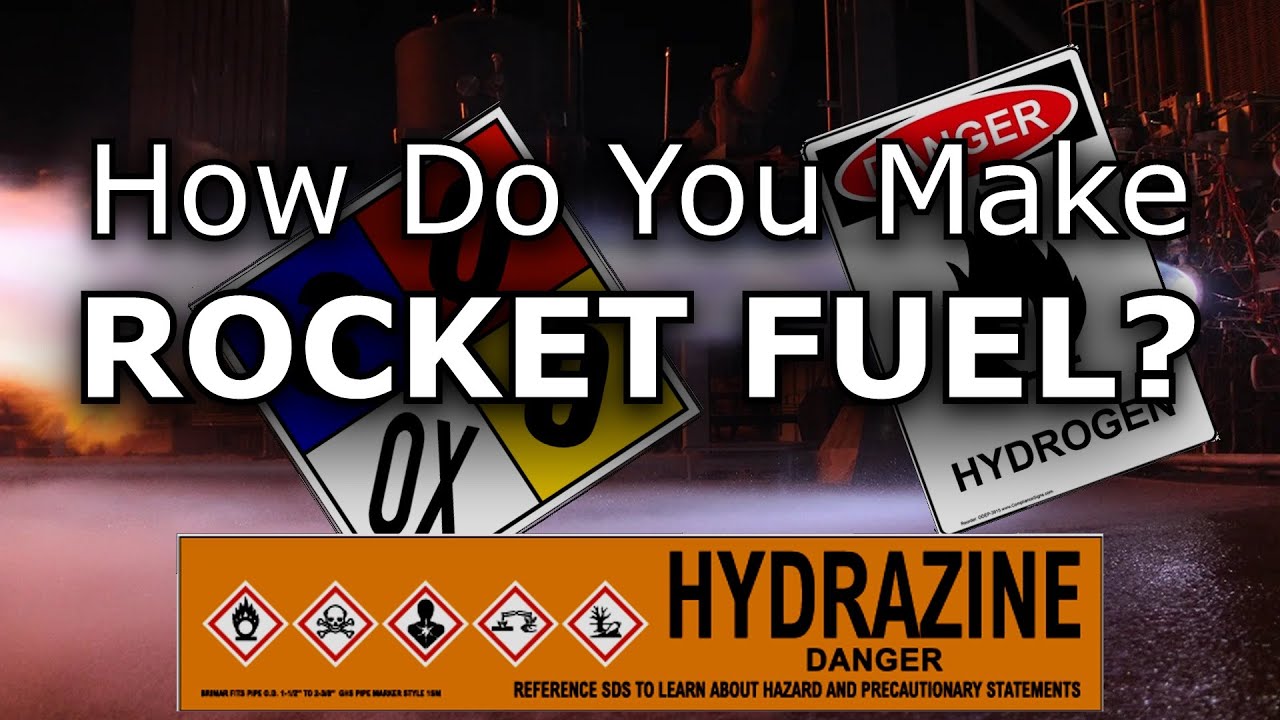How is rocket fuel made? Very carefully! An excellent introduction to the chemistry and adventure of rocket fuel research and production is John D. Clark’s memoir, Ignition!. In the preface to the book, Isaac Asimov (who worked with the author during World War II) writes,
Now, it is clear that anyone working with rocket fuels is outstandingly mad. I don’t mean garden-variety crazy or merely raving lunatic. I mean a record-shattering exponent of far-out insanity.
There are, after all, some chemicals that explode shatteringly, some that flame ravenously, some that corrode hellishly, some that poison sneakily, and some that stink stenchily. As far as I know, though, only liquid rocket fuels have all these delightful properties combined into one delectable whole.
Liquid hydrogen, for example, which seems pretty benign chemically compared to horrors such as hydrazine and nitrogen tetroxide, has a particularly nasty trick up its molecular sleeve. The two hydrogen atoms in each molecule may be bonded such that the spins of their nuclei are aligned (orthohydrogen) or opposed (parahydrogen); these are called the spin isomers of hydrogen. When you liquefy hydrogen, you get a mix of both isomers, but since parahydrogen is a lower energy state, orthohydrogen in the liquid will slowly convert to parahydrogen, releasing energy. Thus, if you want to store liquid hydrogen (which boils at a temperature of 20.28° K), you need not only to insulate it from ambient heat creeping in, but actively refrigerate it to keep the heat released by the transformation from the ortho- to para- state from boiling it away.
